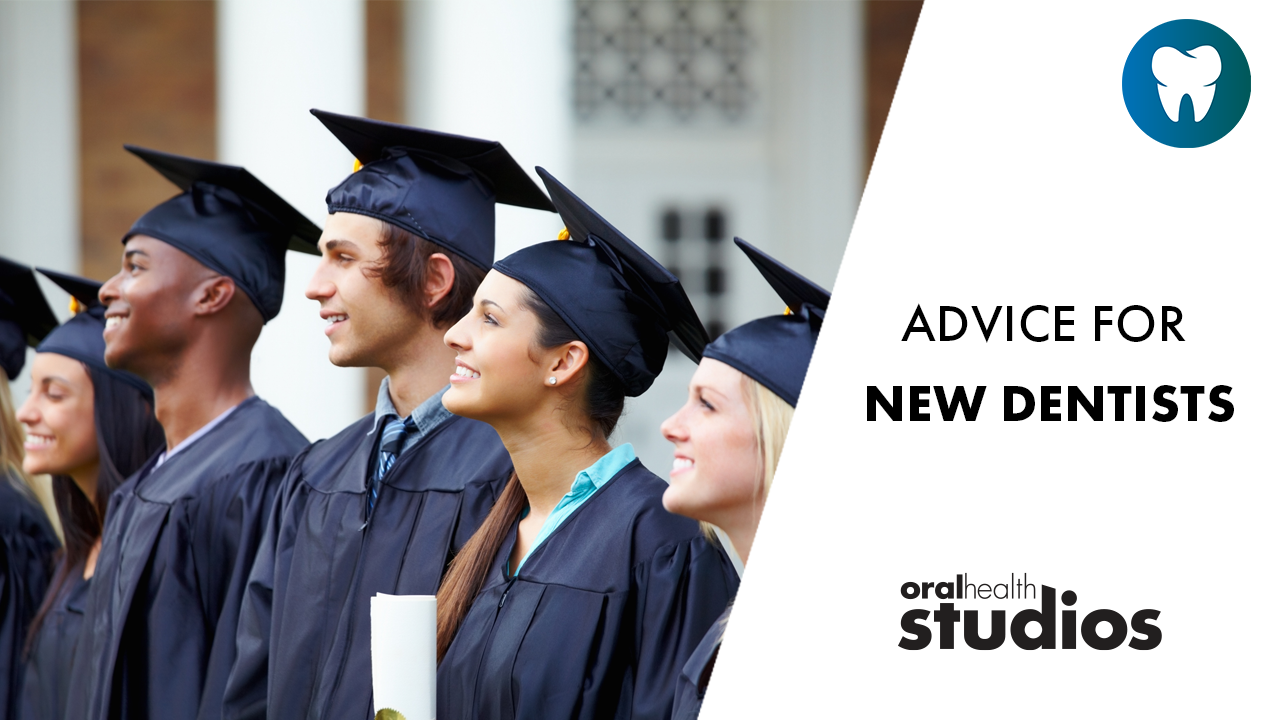Recent events disclose disturbing trends in our dental education. Herculean efforts to instill and maintain high ethical and moral standards of care and professional behavior are proving to be inadequate. Dr. Charles Bertolami, dean at the School of Dentistry, University of California at San Francisco, reports, “The impact our ethics curricula have on students seems marginal at best,” “…no one’s behavior changes as a result.” (“Why Our Ethics Curricula Don’t Work,” Journal of Dental Education 2004, Vol: 68(4) pp. 414-425.
Significant cheating scandals involving clinic fraud have just rocked two dental schools, the security of National Board test materials has been seriously breached a number of times over the last few years and academic dishonesty has continually been an issue throughout all education, including dental education.
Honor codes and their enforcement committees have mediocre effect in that they can only act when accusers come forward. Faculty and classmates alike tend to not want to participate. It is well known that in our society, whistleblowers are treated poorly and are often subjected to ugly retributive backlash from even persons not a parry to the accusation. Who is going to tell on whom? Large percentages of the class have ‘dirty laundry.’
Students confidentially report widespread use of electronic technology in dishonest ventures to circumvent test integrity, to plagiarize documents, to falsify clinical records, to attempt to alter grades and to share information meant to be secure and confidential. The sophisticated, devious and inappropriate use of electronic devices such as text messaging, cameraphones, e-mail, PDAs, iPods and Bluetooth technology, as well as the use of the Internet itself, is reported extensively in the education literature (Brock Read, “Information Technology, Wired For Cheating,” Chronicle of Higher Education, July 16, 2004) and in the public press (Jonathan D. Glater, “Colleges Chase as Cheats Shift to Higher Tech,” New York Times, May 18, 2006). The students admit that this kind of misconduct has been going on for a long time.
Such seeds of misbehavior are a precursor to the erosion of confidence in the veracity and reliability of the educational process, possible questionable competence gleaned from a tainted or ill earned degree, and above all, a sinister prediction of future professional misconduct in practice and disdain for ethical, moral and respectful adherence to professional mores. The negative effects on public protection and the loss of public trust are incalculable.
It is no wonder then, that coming from this environment there are those dentists who feel that their success is enhanced by, at the very least, embellishment of credentials, use of publicly impressive but academically inappropriate degrees, and blatant commercialism. “Everybody does it,” say these ethically challenged practitioners! This is a damaging image for the profession.
“I believe this negativity fosters cynicism and also mediocrity, which leads people to tend toward the ‘average,’ doing just enough to get by,”comments Dr. Marcia A. Boyd, president of the American College of Dentists in her President’s Forum (Aug. 30, 2006). She further opines, “The majority set the rules and when the rules create an- environment that does not support excellence then most people choose not to live differently — it’s too difficult.” She says that they blend into mediocrity. “Go with the flow,” “Don’t rock the boat,” “Who cares?” is the attitude. The public cares and the state boards care and truly ethical and morally responsible dentists care. This caring is the environment which we must augment.
The Principles of Ethics and Code of Professional Conduct of the American Dental Association states that, “The dental profession holds a special position of trust within society,” and that, “society affords the profession certain privileges that are not available to members of the public-at-large.” “In return, the profession makes a commitment to society, that its members will adhere to high ethical standards of conduct.” These standards, however lofty they may be, are open to a fairly wide latitude of opinion.
Various forms of cheating, fraud, thievery and material misrepresentation may be easy to define. But since the Bates v. the State Bar of Arizona (433 U.S. 350 (1977) Docket Number 76-316) court decision almost 30 years ago which permitted and liberalized the ability of professionals to advertise, the debate over what is truthful, what is on the edge of truth, or that which is true but self-aggrandizing or overstated for primarily monetary gain, vs. that which is clearly deceptive and misleading often becomes subject to interpretation.
As the dental practice has been renamed provider and the patient has been labeled the consumer, dentistry has emerged into the emporium of esthetic sales, slick marketing of services as commodities, “sparkle and dazzle” and even office auxiliary staff remuneration augmented by direct commissions on their sales success.
As a result of court decisions to uphold professional advertising, the business aspects of professional care seem to color the entry of more and more commercialism. Congruent with these changes, the burgeoning of third party payment mechanisms, managed care, closed panels with low fee schedules, and tremendous spirals upward in the cost of education and cost of practice itself, treatment decisions unfortunately, have become complexly mingled with business considerations.
The patients’ desire to have the costs of their care devoid of out-of-pocket expense adds to the pressure. Much less than desirable treatment ensues and competitive marketing emerges as a strategy which sometimes tends to interfere with ethical and competent choices.
There are many levels of dental practice, and it would be extremely naive to expect ideal dentistry for all. Simple, basic treatment, which sometimes is all that is affordable or covered by a third party, still must be honest and ethical. Within that context, however, ethical dentists must not only be honest to the patient, but with themselves as to the choice of the treatment, assessment of their own training and skills, and the appropriateness of their professional behavior.
Will the ethically deficient practitioner, having been brought up in a world of dishonesty, in a milieu of just wanting to just get by, mediocrity, and in a community that seeks to “beat the system” and to sell something to make more money rather than serve, be the model for our profession? I sincerely hope not.
It has become abundantly clear to successful dentists that the acts of honesty, the ethical compassion and the keeping of the patient’s well-being ahead of pecuniary interests, all bring the very rewards so zealously sought by the shortsighted perpetrators of shameful and unprofessional conduct. To always “do the right thing,” as told to us by the sages, will bring the recompense far more enriching than schemes to defraud, to dishonor or to sell out.
It is our duty to reconnect with the life blood of our profession, the student. It is imperative that we instruct, by good example, that cherished commodity so absent during the formative years of professional development. The faculty must not look the other way, nor take the easy way out, but be a firm monitor of the ideals which our Code of Ethics explains as our special privilege.
We must not shrink out of fear that litigious gremlins will mire us in a soup of distraction. We must insist on accountability and responsibility Discipline, when indicated, should be fair, swift and strong, without the image of weakness and forgiveness. We not only have to reconnect with honor, we have to send a clear message.
Above all, each of us has the duty to take a personal interest in a student, or several young budding dentists. We must become a one-on-one mentor and role model to each, so that the right way of life in the profession is indelibly imprinted in these fertile minds and hands of the future. D
on’t just tell them the way to success; show them!
Dr. Maitland is a past president of the American Association of Dental Examiners, an executive board member of the North East Regional Board of Dental Examiners and a member Of the New York State Board of Dentistry. His comments, reprinted here with permission, originally appeared in the November 2006 journal of Esthetic and Restorative Dentistry.









